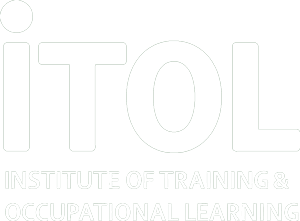How to develop skills to be a better Coach as a Leader
While coaching may come more naturally to some people more than others, there are effective ways that everyone can try to hone their coaching skills to be a more collaborative teammate.
Below are some of the best questions and prompts for you to ask when you are seeking to help coach a team member.
- Tell me about your goals and objectives.
- What are your strengths and weaknesses?
- Describe the challenges are you currently facing.
- What resources or support do you need to achieve your goals?
- How can I best support you?
- What do you think should be our next steps?
- What are your thoughts about how I help you to improve?
- How do you feel about your current progress?
- How do you think this situation could have been handled differently?
- What are your thoughts on your role in the team?
It’s essential to be flexible, adaptable, supportive and encouraging in your coaching approach.
When coaching team members you should ask questions that focus on the following:
- Identifying goals and objectives
- Strengths and weaknesses
- Challenges
- Resources or support needed to achieve goals.
Asking questions that empower employees to take ownership of their development, reflect on past experiences, and learn from them and their role in the team can also be insightful.
Here are a couple of “Coaching Moment” examples.
Unfortunately, it isn’t enough to believe coaching is valuable. Managers and leaders need not only to know how to coach, but also to match the coaching technique and approach with the needs of their people.
Below are a couple of examples of coaching scenarios to help you better understand how each situation is unique and why the needs of each team member are different.
1. A new employee is struggling to adjust to the company culture
A new employee is having difficulty adjusting to the company’s culture and workflow. Their leader identifies a project they can work together on to help better understand their strengths and weaknesses.
The leader helps the new employee to create specific goals by asking them what actions they believe are most important to help support the team’s overall objective. The leader also provides consistent input on the employee’s progress by focusing on the goal rather than the process of completing it.
2. A Team Leader finds communication challenges during remote work
A team leader is responsible for managing a remote team. The team leader’s boss asks questions to help clarify what is currently working and where there are challenges. Identifying these pain points has helped the team leader discover which areas to address first.
There are tremendous impacts of incorporating coaching in the workplace. Still, organizations often roll out models or methodologies for coaching.
They may even provide some basic training on effective coaching. However, this often stops short of providing valuable tools that help managers and leaders coach the individual needs of their employees.
Achieve Coaching excellence with ITOL, sign up for our Certificate in Coaching:
Certificate in Coaching – The Institute of Training and Occupational Learning (itol.org)

